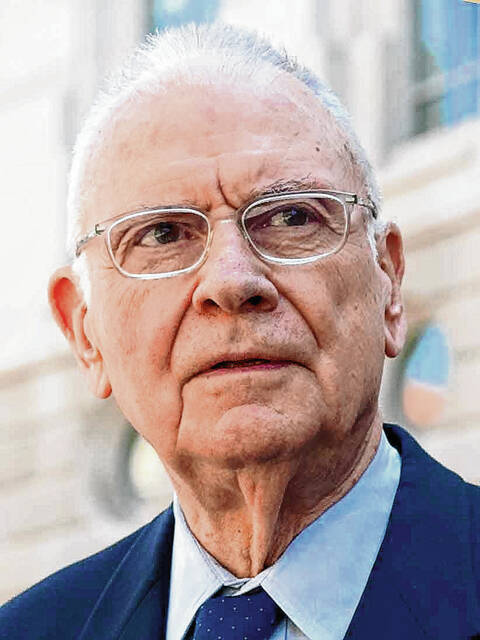By LEE HAMILTON, guest columnist
American policymakers have a very full plate. They’ve got to grapple with health care, education, the environment, economic growth and more. The list goes on and on.
Along with these priorities, I have argued for some time that the policy community needs to do more to address poverty. How much time and resources should we devote to the issue? In short, a lot more than we do. It’s one of the most serious problems Americans face, and there’s a lot to be done.
There is a great deal of disagreement, of course, about this. At one extreme, some people argue that poverty isn’t society’s problem to fix. They say there are plenty of jobs, if only people weren’t too lazy to work. It may be that some people struggle with poverty because of choices they make; but that’s not the whole picture.
For one thing, it ignores the fact that one-third of poor people in America are children. Among the 37 advanced economies that make up the Organization for Economic Cooperation and Development, the U.S. consistently ranks as one of the worst in child poverty rates.
Also, it ignores the fact the millions of poor adults are, in fact, working, but for low wages. Roughly half of all poor families in the United States are headed by adults who are employed or actively seeking work. More than 6 million Americans are among the “working poor,” according to the Bureau of Labor Statistics.
About one in seven children in the U.S. are poor, which should be unimaginable in such a wealthy nation. Children are especially vulnerable to poverty’s worst effects, such as hunger and homelessness. In schools, poverty can lead to low academic achievement, with chronic stress, unstable housing and other factors making learning difficult. Recent data showed that children in low-income families were four times likelier to drop out of school than children in higher-income families.
Children in neighborhoods with concentrated poverty are likelier to face physical, emotional and behavioral health risks. They are likelier to be exposed to environmental contaminants such as lead paint and toxic waste dumps, to have chronic diseases such as asthma, and to experience violence and trauma.
Fixing poverty won’t be easy, but there are policies that work. Decades of investment in Social Security, Medicare and Medicaid, unemployment insurance and other government programs have made the poverty rate much lower than it would otherwise be. But the safety net has frayed; benefits, in many cases, haven’t kept up with the rising cost of supporting a family. Until recently, wages had stagnated; economic inequality has widened.
One way to reduce poverty is to invest in education, including high-quality schools that serve all children and affordable college that doesn’t saddle students with debt. Job training is key, especially when it is tied to the creation of high-wage jobs that can support families. The 2021 expansion of the child tax credit, part of the American Rescue Plan, lifted nearly 4 million children out of poverty, but the provision expired this year. Extending it would benefit countless families and their communities.
Two of the biggest expenses for poor families are housing and child care. We can support programs that provide more housing and make it easier for families to avoid eviction. Federal, state and local funding can help make childcare and preschool available and affordable. Paid family and medical leave and access to health care — benefits that are taken for granted in most advanced democracies — would make families less vulnerable.
These are just a few areas where we can do more to overcome poverty. We know how to do it, and we have the necessary reserves. The task is formidable but not impossible. There’s a lot we can do if we set our will to it.
Lee Hamilton is a senior adviser for the Indiana University Center on Representative Government; a distinguished scholar at the IU Hamilton Lugar School of Global and International Studies; and a professor of practice at the IU O’Neill School of Public and Environmental Affairs. He was a member of the U.S. House of Representatives for 34 years. Send comments to [email protected].





